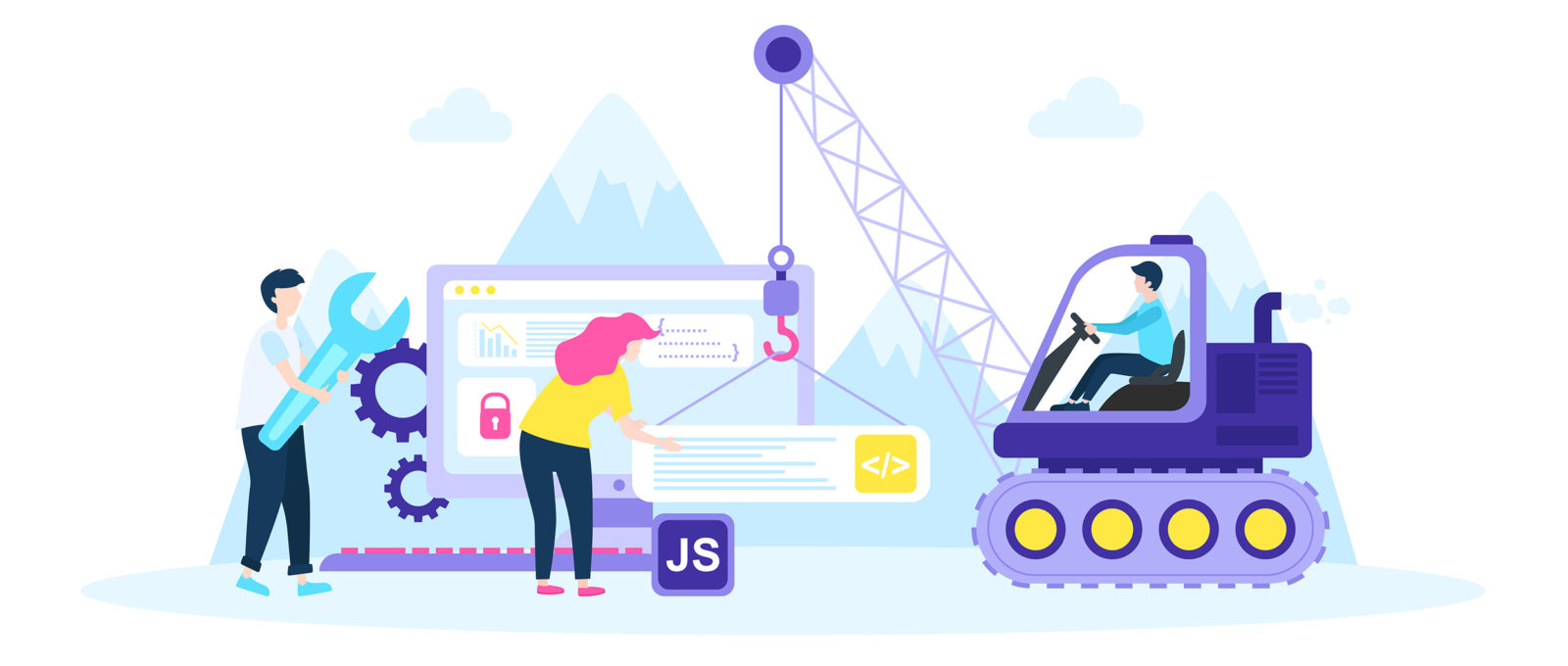Eager To Discover Exactly How Web Site Design Has Transformed Gradually? Dive Into The Evolution From Simplicity To User-Focused Experiences.
Eager To Discover Exactly How Web Site Design Has Transformed Gradually? Dive Into The Evolution From Simplicity To User-Focused Experiences.
Blog Article
Author-Monroe Singer
In the past, web sites were straightforward and focused on information. Navigation was direct, and design was for desktops. Now, individual experience is crucial. Data guides layouts for very easy navigating. Responsive layouts match various tools. Today, dark mode reduces pressure, and minimalist menus boost navigation. Interactive attributes involve individuals, and strong visuals stand apart. AI combination improves engagement. See just how design has actually progressed to boost your on-line trip.
Very Early Days of Web Design
In the very early days of web design, simpleness reigned supreme. Web sites were standard, with restricted shades, typefaces, and designs. The emphasis got on giving information as opposed to showy visuals. Customers accessed the net through slow dial-up links, so speed and performance were vital.
Navigating menus were straightforward, generally located on top or side of the web page. Web sites were made for home computer, as mobile browsing had not been yet common. Content was king, and designers prioritized simple readability over complex style aspects.
HTML was the primary coding language made use of, and developers needed to work within its restraints. Computer animations and interactive features were minimal contrasted to today's standards. Sites were fixed, with little vibrant content or individualized user experiences.
Increase of User-Focused Layout
With the advancement of site style, a shift in the direction of user-focused layout principles has come to be progressively famous. Today, creating sites that prioritize customer experience is important for engaging site visitors and achieving organization goals. User-focused layout entails recognizing the needs, preferences, and behaviors of your target market to customize the website's format, content, and features accordingly.
Designers currently conduct extensive study, such as customer surveys and usability testing, to gather insights and responses directly from individuals. This data-driven method assists in producing intuitive navigation, clear calls-to-action, and aesthetically enticing interfaces that reverberate with site visitors. By putting the customer at the center of the design procedure, web sites can deliver a more tailored and satisfying experience.
Responsive design has actually also become a vital aspect of user-focused design, guaranteeing that websites are optimized for various tools and display dimensions. This adaptability boosts availability and usability, dealing with the varied means customers connect with internet sites today. Fundamentally, the rise of user-focused layout signifies a change in the direction of developing digital experiences that focus on the requirements and assumptions of the end individual.
Modern Trends in Web Design
Check out the latest patterns forming website design today. One noticeable pattern is dark mode design, offering a streamlined and contemporary appearance while lowering eye stress in low-light atmospheres. An additional essential trend is minimal navigating, simplifying menus and improving user experience by focusing on essential elements. Integrating micro-interactions, such as computer animated buttons or scrolling impacts, can create a more engaging and interactive website. Receptive style stays critical, ensuring smooth user experiences across numerous gadgets. In addition, utilizing strong typography and unbalanced formats can include visual passion and accentuate specific content.
Integrating AI modern technology, like chatbots for consumer assistance or customized suggestions, boosts customer engagement and streamlines procedures. Ease of Related Site has likewise come to be a significant fad, with designers prioritizing comprehensive design methods to accommodate diverse individual requirements. Welcoming sustainability by optimizing website efficiency for speed and performance is another arising pattern in web design. improve site seo with user responses and data analytics to iterate and boost style continually is important for remaining relevant in the ever-evolving digital landscape. By embracing these contemporary fads, you can produce a visually attractive, user-friendly site that resonates with your target market.
Conclusion
As you assess the development of internet site layout from the early days to currently, you can see how user-focused design has become the driving pressure behind contemporary trends.
Welcome the trip of modification and adaptation in web design, constantly maintaining the customer experience at the leading edge.
Stay existing with the current trends and modern technologies, and never ever stop developing your strategy to create visually sensational and straightforward sites.
Evolve, adapt, and produce - the future of website design remains in your hands.
